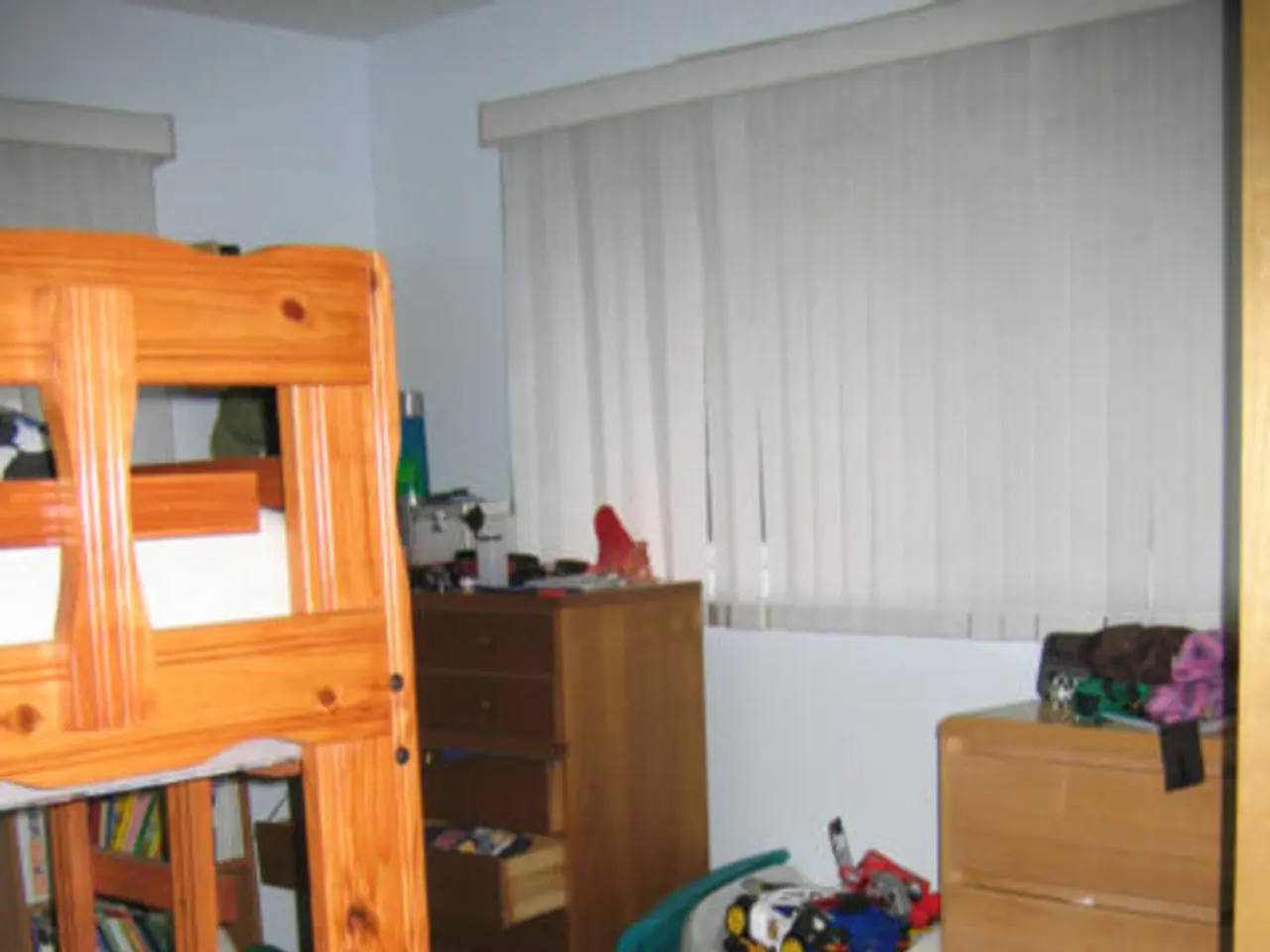Revamping Small Spaces: Inventive Suggestions for Your Basement Redesign
A tiny basement can often feel cramped and uninviting, but with a bit of creativity and planning, it can be transformed into a functional, comfortable, and efficient space that adapts to multiple uses. Here are some practical strategies to help you make the most of your basement.
Utilize Vertical Space
In a small basement, utilizing vertical space is essential. Adding shelves, hooks, pegboards, and tall cabinets can help you store items while keeping the floor area open and flexible.
Familiarize Yourself with Building Codes and Regulations
Before starting any basement renovations, it's crucial to familiarize yourself with local building codes and regulations, including permits for structural changes, electrical work, or plumbing. Consulting with a professional or your local authority can help clarify the requirements that need to be met.
Address Moisture Issues and Improve Lighting
Basements are often prone to moisture issues and insufficient lighting. Adequate waterproofing and adding window wells or light tubes can address these issues, making the space more comfortable and inviting.
Create a Detailed Budget
Creating a detailed budget and obtaining quotes from contractors can help manage costs effectively. The costs of transforming a basement can vary widely depending on the extent of the renovations and specific choices made.
Maximize Space with Multi-functional Furniture and Built-in Storage
Innovative and practical ways to maximize a tiny basement include using multi-functional furniture, such as a Murphy bed that folds away to save space, and incorporating built-in storage and vertical space utilization to reduce clutter.
Design Flexible Zones
Designing flexible zones with partial walls, sliding doors, or furniture placement can create both open and private areas without making the space feel cramped. This is particularly useful when transforming the basement into a cozy home office, gym, or guest space.
Plan for Future Flexibility
Avoid locking the space into one fixed use. For example, a workshop during the day can convert into a guest space when needed.
Maximize Lighting
Maximizing natural and artificial lighting is essential for making the basement feel larger and more inviting, especially for work or guest comfort. Light colors can also make the basement feel airier and larger.
Tackle Unique Basement Challenges
Understanding the unique characteristics of a basement, such as height and layout, is crucial for planning. Proper insulation and moisture control are also crucial for a functional basement, requiring checks for existing leaks, repairs, waterproofing measures, sealants, dehumidifiers, and energy-efficient windows.
Common Uses for a Transformed Basement
Common uses for a transformed basement include creating a home office, gym, or entertainment area. Turning the basement into a recreational space, such as a game room or home theater, can maximize the use of the space and provide a dedicated area for relaxation and fun.
A multifunctional guest space in a basement can be created by using a fold-out couch or a Murphy bed, and including storage for bedding and personal items. A small workshop or craft area in a basement can be organized with pegboards for tools and materials, and a large table for projects.
A cozy home office in a tiny basement can serve as an inspiring workspace with ergonomic furniture and storage solutions. A home gym in a tiny basement can be equipped with compact fitness equipment like resistance bands, dumbbells, and yoga mats.
By following these strategies, you can transform your tiny basement into a comfortable, efficient place that adapts to multiple functions while feeling cozy and well-organized. Hiring a professional for basement renovations can save time and ensure quality results, especially regarding plumbing, electrical work, and building codes. Budgeting for the project is crucial beforehand to ensure that your vision becomes a reality.
- To create a functional and inviting home theater within the basement, consider utilizing vertical space for storage, and optimize lighting to make the space feel larger.
- Part of the interior-design process for transitioning a small basement into a cozy home-and-garden oasis could involve finding multi-functional furniture to maximize the available space, such as a fold-out couch or a Murphy bed.






